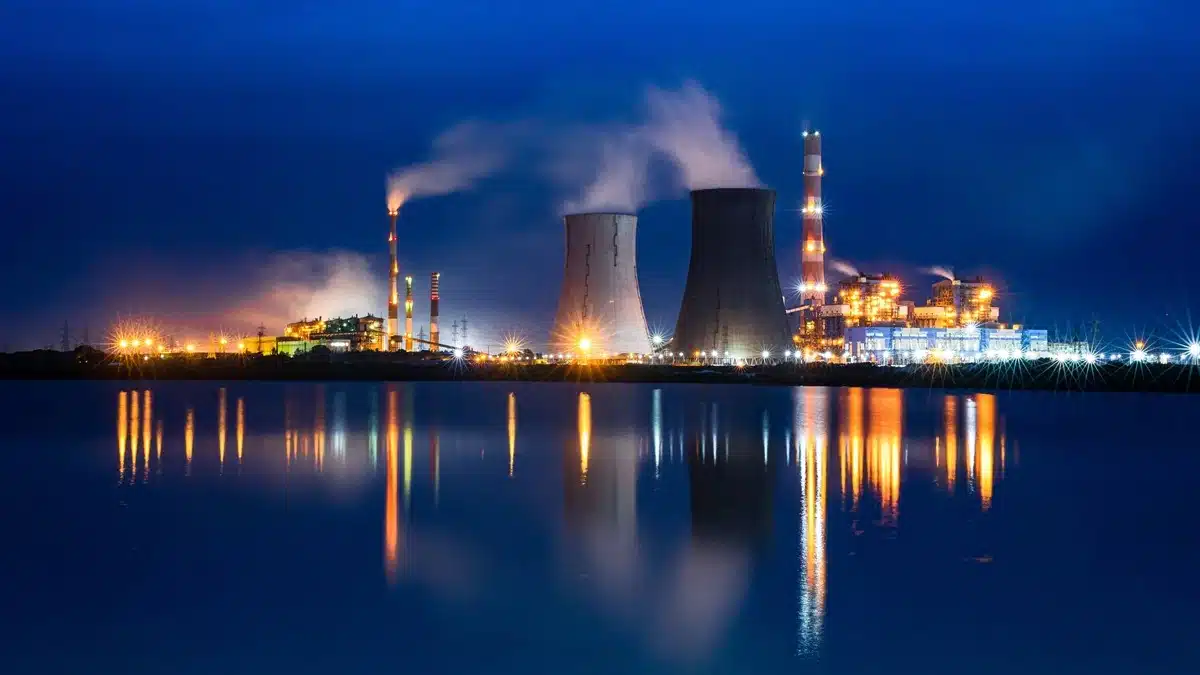India’s Nuclear Energy Ambitions: A New Era

India is on the brink of a significant transformation in its nuclear energy sector. In a recent budget announcement, Finance Minister Nirmala Sitharaman revealed plans to amend key legislation that has long hindered the growth of nuclear energy in the country. The proposed changes to the Atomic Energy Act of 1963 and the Civil Liability for Nuclear Damage Act of 2010 aim to attract private investment and facilitate the development of at least 100 gigawatts (GW) of nuclear energy by 2047. This ambitious initiative is expected to enhance India’s energy landscape while reducing its reliance on fossil fuels.
Legislative Changes to Foster Growth
The proposed amendments to the Atomic Energy Act and the Civil Liability for Nuclear Damage Act are crucial for the future of nuclear energy in India. The current liability framework has been a significant barrier to private sector participation. Under the existing law, nuclear suppliers share liability with operators in the event of a nuclear incident. This provision, introduced in 2010, has deterred many potential investors and has been criticized for conflicting with India’s international obligations.
By amending these laws, the government aims to create a more favorable environment for private investment. Sitharaman emphasized the need for active collaboration with the private sector to achieve the ambitious goal of expanding nuclear energy capacity. The proposed changes may also lead to a shift in the operational landscape of nuclear reactors in India. The Nuclear Power Corporation of India, which currently holds a monopoly, may see new players entering the market. This diversification could foster innovation and efficiency within the sector.
Embracing Small Modular Reactors
Another significant aspect of the budget announcement is the commitment to develop at least five indigenously designed small modular reactors (SMRs) by 2033. With an allocated budget of ₹20,000 crore for research and development, the government is investing in advanced nuclear technology that promises to be both cost-effective and scalable. SMRs are compact nuclear reactors that can be deployed in various settings, making them an attractive option for meeting energy demands in a sustainable manner.
The introduction of SMRs aligns with India’s broader strategy to reduce its carbon footprint and transition to cleaner energy sources. These reactors can play a vital role in powering industries that are challenging to decarbonize, such as steel and cement manufacturing. By focusing on innovative nuclear technologies, India aims to position itself as a leader in sustainable energy solutions.
Global Implications and Future Prospects
The amendments to India’s nuclear energy policies come at a time when the global landscape is shifting. Almost two decades after India secured a waiver from the Nuclear Suppliers Group (NSG) following the India-US nuclear deal, the country is poised to welcome international players into its nuclear energy sector. The recent removal of restrictions on key Indian nuclear research institutions by the United States further underscores this potential.
Prime Minister Narendra Modi has hailed the decision to promote private sector involvement in nuclear energy as “historic.” He believes that this move will significantly contribute to the country’s development and energy security. Experts, including senior nuclear scientist Anil Kakodkar, have expressed optimism about the government’s recognition of nuclear energy’s importance in achieving a net-zero carbon goal by 2070.
However, challenges remain. Effective implementation of the proposed changes will be critical to realizing the full potential of India’s nuclear energy ambitions. The government must ensure that the regulatory framework is robust and conducive to attracting investment while maintaining safety and security standards.
Observer Voice is the one stop site for National, International news, Sports, Editor’s Choice, Art/culture contents, Quotes and much more. We also cover historical contents. Historical contents includes World History, Indian History, and what happened today. The website also covers Entertainment across the India and World.
Follow Us on Twitter, Instagram, Facebook, & LinkedIn

